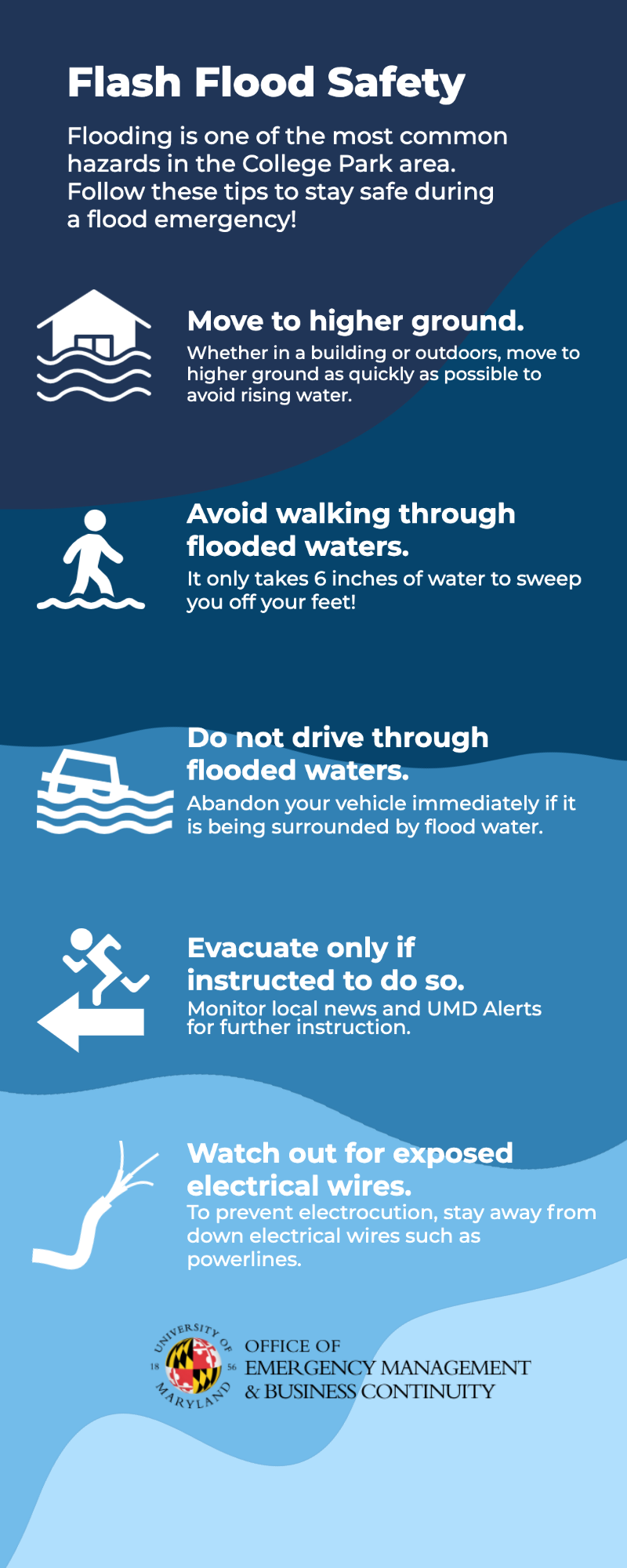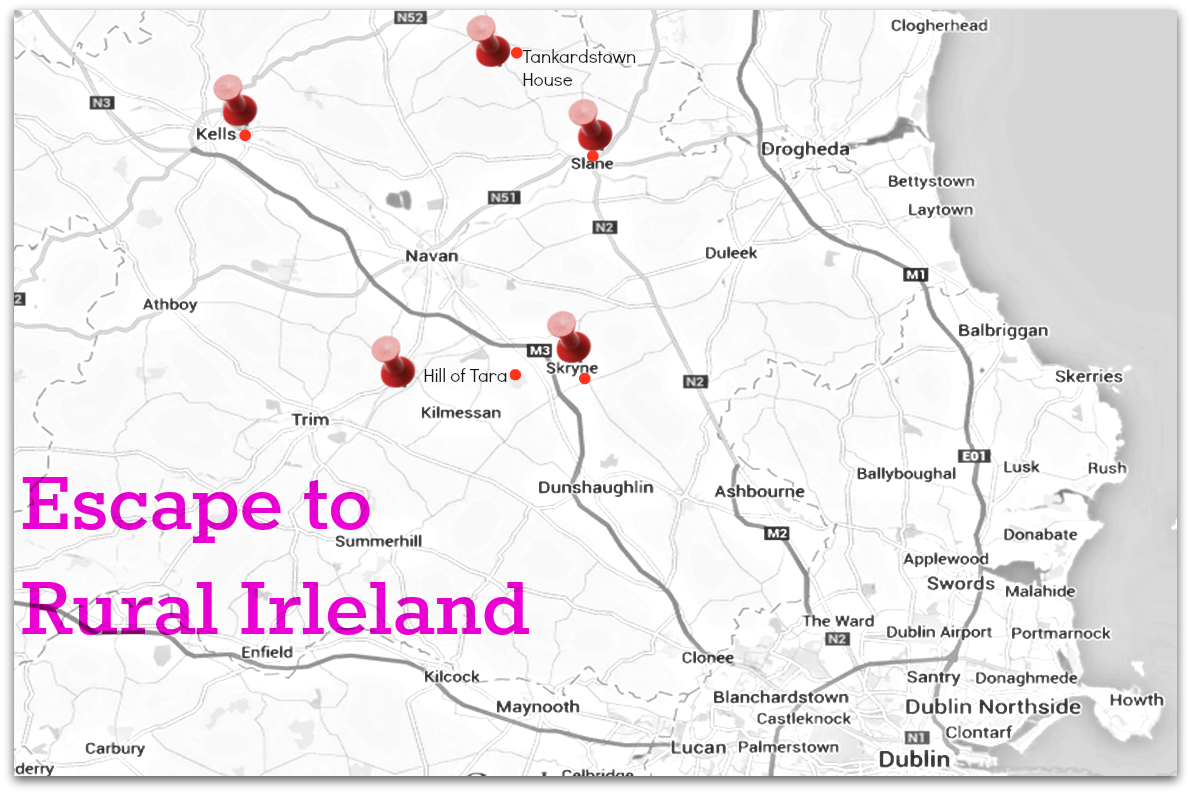Are You Prepared For A Flash Flood Emergency? A Safety Checklist

Table of Contents
Understanding Flash Flood Risks
Identifying High-Risk Areas
Flash floods are most likely to occur in areas with specific geographical features and conditions. Knowing if you live in a high-risk zone is the first step towards effective flood preparedness. Areas near rivers, streams, creeks, canyons, deserts, and mountainous regions are particularly vulnerable. The intensity of rainfall, the speed at which water accumulates, and the capacity of the drainage system all contribute to the risk. Factors like deforestation, inadequate drainage infrastructure, and urbanization can significantly increase the risk of flash flooding.
- Check local flood maps: Your local government or emergency management agency likely has maps identifying flood-prone areas.
- Understand your property's vulnerability: Assess your home's location relative to water sources and potential flood paths.
- Subscribe to weather alerts: Sign up for severe weather alerts from the National Weather Service or your local meteorological agency.
Recognizing Warning Signs
Recognizing the warning signs of an impending flash flood can give you precious time to react and protect yourself. Visual signs include rapidly rising water levels in streams and rivers, overflowing waterways, and the presence of debris carried by swiftly moving water. Audible warnings can include the sound of heavy rain, strong winds, and the distant roar of rushing water. These sounds indicate a potential increase in water volume.
- Pay attention to weather reports and advisories: Stay informed about weather forecasts and warnings issued by reputable sources.
- Know the sounds and sights of approaching floods: Familiarize yourself with the visual and audible indicators of flash flooding.
- Stay informed through local news channels: Local news broadcasts often provide real-time updates during severe weather events.
Creating a Flash Flood Emergency Plan
Developing an Evacuation Plan
A well-defined family evacuation plan is critical for flash flood emergencies. This plan should include designated meeting points both inside and outside your home. It’s essential to have multiple escape routes planned in case your primary route is blocked by floodwaters. Practice your evacuation plan regularly so everyone knows what to do and where to go in an emergency.
- Identify safe evacuation routes: Map out multiple routes to higher ground or designated evacuation centers.
- Establish a meeting place outside the flood zone: Choose a location that is easily accessible and safe from flooding.
- Practice your evacuation plan: Regularly conduct drills to ensure everyone in your household knows the plan and can execute it efficiently.
Building an Emergency Kit
A well-stocked emergency kit is essential for surviving a flash flood. This kit should include enough supplies for at least 72 hours, and ideally longer. Prioritize water, non-perishable food, a first-aid kit, essential medications, a flashlight, a battery-powered radio, and extra batteries. Store all supplies in waterproof containers to protect them from floodwaters. Important documents, such as insurance policies and identification, should also be stored in waterproof bags.
- Include enough supplies for at least 72 hours: This ensures you have enough resources to wait out the immediate emergency.
- Keep important documents in a waterproof bag: Protect vital papers from water damage.
- Regularly check and replenish your kit: Check expiration dates on food and medications and replace items as needed.
Safety Measures During a Flash Flood
Immediate Actions
When a flash flood warning is issued, your immediate priority is to seek higher ground. Never attempt to walk, drive, or swim through floodwaters, as the current can be incredibly powerful and swift, even in seemingly shallow water. Downed power lines pose an additional danger, so avoid them at all costs.
- Never attempt to walk or drive through floodwaters: Floodwaters can be deceptively deep and fast-moving.
- Move to higher ground immediately: Seek refuge on elevated ground above the expected flood level.
- Avoid downed power lines: Downed power lines pose a significant electrocution risk.
Post-Flood Actions
Even after the immediate danger has passed, floodwaters can remain dangerous. Avoid contact with floodwaters, as they may be contaminated with sewage and other hazardous materials. Before re-entering your home, check for structural damage. Report any damage to the appropriate authorities.
- Check for structural damage before re-entering your home: Look for signs of damage to the foundation, walls, and roof.
- Avoid contact with floodwater: Floodwater can contain harmful bacteria and chemicals.
- Report damage to authorities: Contact your local emergency management agency to report damage and seek assistance.
Conclusion
Being prepared for a flash flood emergency can significantly reduce risks and save lives. By understanding the risks, creating a comprehensive plan, and taking necessary safety precautions, you can protect yourself and your family. Remember to regularly review and update your flash flood preparedness plan to ensure it remains effective. Don't wait until it's too late; take action today and improve your flash flood emergency preparedness. Download our free flash flood safety checklist to get started!

Featured Posts
-
 90 Letie Sergeya Yurskogo Vspominaya Nezabyvaemogo Aktera
May 25, 2025
90 Letie Sergeya Yurskogo Vspominaya Nezabyvaemogo Aktera
May 25, 2025 -
 The Sutton Hoo Ship Burial New Insights Into Sixth Century Cremation Practices
May 25, 2025
The Sutton Hoo Ship Burial New Insights Into Sixth Century Cremation Practices
May 25, 2025 -
 Gregor Robertsons Plan Balancing Affordability And Home Prices
May 25, 2025
Gregor Robertsons Plan Balancing Affordability And Home Prices
May 25, 2025 -
 Open Ais 2024 Event Easier Voice Assistant Creation Tools Unveiled
May 25, 2025
Open Ais 2024 Event Easier Voice Assistant Creation Tools Unveiled
May 25, 2025 -
 Escape To The Country Making The Move To Rural Living
May 25, 2025
Escape To The Country Making The Move To Rural Living
May 25, 2025
Latest Posts
-
 Death Of Hells Angels Biker Prompts Memorial Service
May 25, 2025
Death Of Hells Angels Biker Prompts Memorial Service
May 25, 2025 -
 Remembering Craig Mc Ilquham A Hells Angels Memorial Service
May 25, 2025
Remembering Craig Mc Ilquham A Hells Angels Memorial Service
May 25, 2025 -
 Craig Mc Ilquham Hells Angels Member Remembered At Sunday Service
May 25, 2025
Craig Mc Ilquham Hells Angels Member Remembered At Sunday Service
May 25, 2025 -
 Dave Turmel Canadas Most Wanted Arrested In Italy
May 25, 2025
Dave Turmel Canadas Most Wanted Arrested In Italy
May 25, 2025 -
 Craig Mc Ilquham Hells Angels Memorial Service Report From Sunday
May 25, 2025
Craig Mc Ilquham Hells Angels Memorial Service Report From Sunday
May 25, 2025
